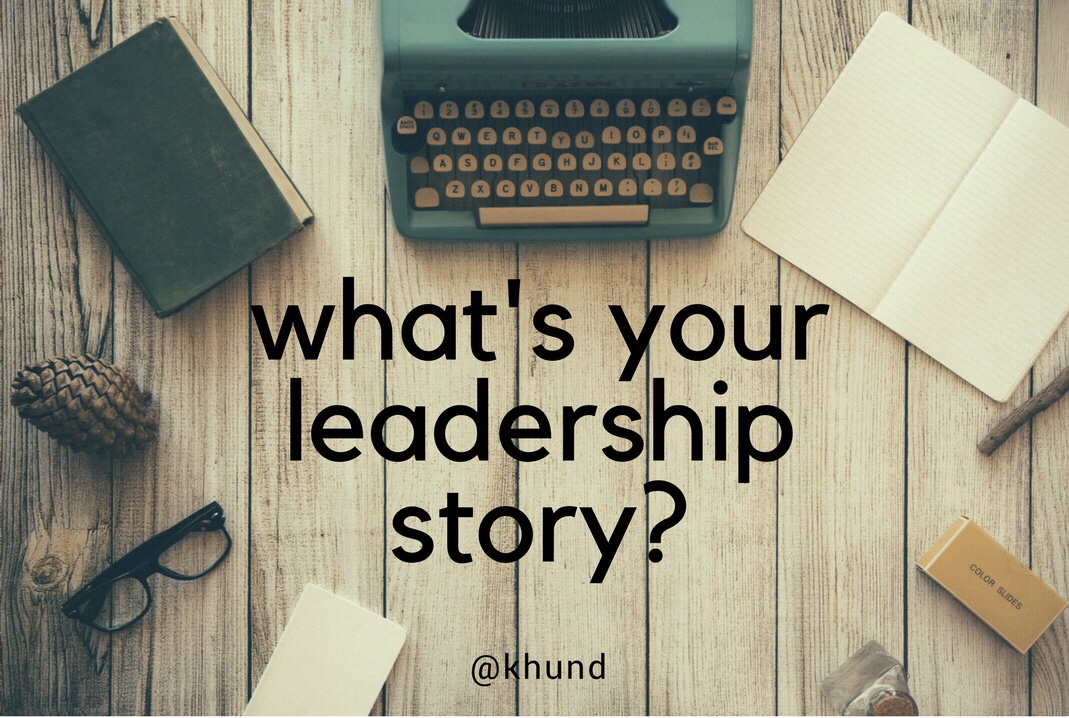 I’ve been in several leadership development sessions this year (as an attendee and planner) that have focused on the notion of personal leadership to create and share your own leadership point of view. It has been an interesting and beneficial reflection process to think about the people, experiences, and values that shape my thinking around leadership.
I’ve been in several leadership development sessions this year (as an attendee and planner) that have focused on the notion of personal leadership to create and share your own leadership point of view. It has been an interesting and beneficial reflection process to think about the people, experiences, and values that shape my thinking around leadership.
At my current organization, we continue to create a strong culture of leadership and vulnerability. We not only had the participants share their leadership point of view during our learning sessions, at each staff meeting, we rotate through for everyone to share their own story. It has been one of the most powerful and meaningful team building exercises I have experienced. Not only do we learn more about each other and how we operate, people have shared some of the most meaningful experiences that have shaped their life and work. We find out what truly matters and it is beautiful!
Much of the work of crafting a leadership point of view centers on reflecting on people and events that have shaped out, identifying core values, clarifying how you came to hold those values, and reflecting upon how those values have played out in your life thus far. Ken Blanchard shares great tips from his executive leadership program on creating a leadership POV. There are many ways to go about it. Here is the process he suggests which involves answering these questions:
• What are three or four critical events in your life that shaped your beliefs about leadership?
• Who are three or four people in your life that shaped your beliefs about leading others?
• What do you know to be true about exceptional leaders?
• What are your top three to five values when leading others?
• What can others expect of you in the future as you align your actions with your core values?
• And, what do you expect of others as you align to your core values?
So here goes!
Events that shaped my life:
- I was raised by a police lieutenant and a legal secretary. Following the rules and the law was valued greatly in my family and I became very good at it. I had a healthy respect for authority, was a good student, never got in trouble (except once for chewing gum in 6th grade), and was overall very successful. I learned to play the game of school well. It took me a long time to see the value in breaking the rules, standing out and not caring so much what other people think. Being over 40 helps a lot with that!
- My parents got divorced (very amicably) when I was in middle school. This taught my sister and I how to become strong and independent women – a hard lesson I still value today. My mother got remarried as I was graduating HS and was moving to Texas. She suggested I visit UT to see if I would like to go there for college. Well of course, who doesn’t love Austin?! So she settled down in Port Aransas and I made my way to one of the largest universities in the nation only knowing 2 people. I think it was my naiveté and independent spirit that carried me through that journey. I met such a wonderful array of unique individuals during my time at UT. It was so fun to be out in the world on my own and surrounded by intelligent, motivated people, who didn’t always follow the rules. This experience definitely helped shape me.
- In 2010 a former student, Taylor Storch, lost her life in a tragic skiing accident. I sill think about The Storch family daily. Before this loss, there would be days where I would dread making the lunches for my kids, or doing the laundry, or picking up the messes. Now I know her parents (and many others who have lost loved ones) would give anything to “have to” make that lunch, do the laundry, or clean up a mess made. I truly don’t take people or time for granted anymore and work to let those I care about know how I feel. Watching how this amazing family turned their loss into a gift for others through the creation of Taylor’s Gift (an organ donation foundation) has also changed me. I don’t know if I would have the strength to do the same, but am so grateful for their example.
People who have shaped my leadership:
Honestly it is hard to only name 3 or 4 people who have shaped me. I find people
fascinating and try to learn from everyone that crosses my path. I believe that all people
have a unique gift to share and show up in my life for a reason. So many have shown up
right when I needed it and I am grateful.
Sometimes I learned from people the kind of leader I do not want to be – backstabbing,
gossipy, negative, micromanaging, untrusting, playing favorites.
Qualities I have seen in the great teachers, principals, superintendents and education
leaders that have crossed my path have shown me how to:
– Have a relentless focus on making the lives of all children better in any way possible
– Everyone has value and gifts, you just have to find them…EVERYONE!
– Not be afraid to push hard to move education forward (I was taught to not make waves, so people with this kind of courage spark something and inspire me to be brave)
– Doing what is right even when it is not popular
– Hard work shouldn’t feel hard all the time and it is OK to have some FUN!
What do I know to be true about exceptional leaders?
Great leaders:
– Continually revisit the Why of the work. Give people a purpose
– Know that relationships are key. People (kids & adults) need to feel safe and supported if they are going to learn and thrive
– Great leaders empower others to bring their best skills, ideas and talents to the table
– Don’t take things personally
– Sometimes they totally break the rules for the right reasons
What are my top three to five values when leading others?
I will:
– Be authentic – I spent so long trying to be who I thought others wanted me to be, it was exhausting and I’m soooooo over that!
– Be positive – no whining/complaining/victim mentality. My reality is what I create.
– Never Stop Learning – there is always something I can get better at and the world is full of things I don’t know yet…
– Work Hard – we’ve got lots to do to transform education!
– Have Fun – We spend a lot of time working on this stuff…it can and should be enjoyable
What can others expect of me?
– I ask a lot of questions – I want to understand the big picture and how all the pieces fit together to make sure what I’m doing works. I’m also like to know what is going on.
– I’m here to help. Please ask! I’m happy to share what I know.
– I will be honest with you – if you want feedback I’ll give it.
– I’m opinionated, but can be swayed when presented a differing point of view. I also like to debate things. (Just ask my husband)
– I like to laugh and make jokes but don’t mistake that for a lighthearted attitude about the importance of the work I do. I take this work very seriously or work hard to bring my best to the table. Ultimately, we are in the kid business. We should be able to model learning at high levels but have fun doing it. Serious learning can be fun too!
What do I expect from others?
– Show up as your authentic self
– Do your best, whatever that may look like for you
– Ask questions, be curious – not judgemental
– If you have an issue with me, come to me. Let’s work it out
– Don’t take yourself too seriously – we all make mistakes and it is ok to have a little fun 🙂
If you made it this far – thank you! Now it is your turn. What would be in your leadership point of view? I encourage you to reflect, craft your own answers, share with me and with those you lead. It will be a powerful experience. Don’t let your story go untold.

 I’ve been in several leadership development sessions this year (as an attendee and planner) that have focused on the notion of personal leadership to create and share your own leadership point of view. It has been an interesting and beneficial reflection process to think about the people, experiences, and values that shape my thinking around leadership.
I’ve been in several leadership development sessions this year (as an attendee and planner) that have focused on the notion of personal leadership to create and share your own leadership point of view. It has been an interesting and beneficial reflection process to think about the people, experiences, and values that shape my thinking around leadership.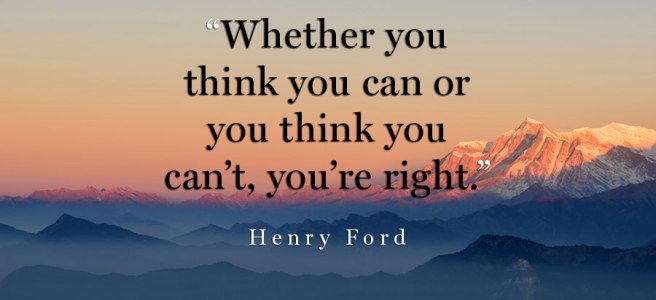
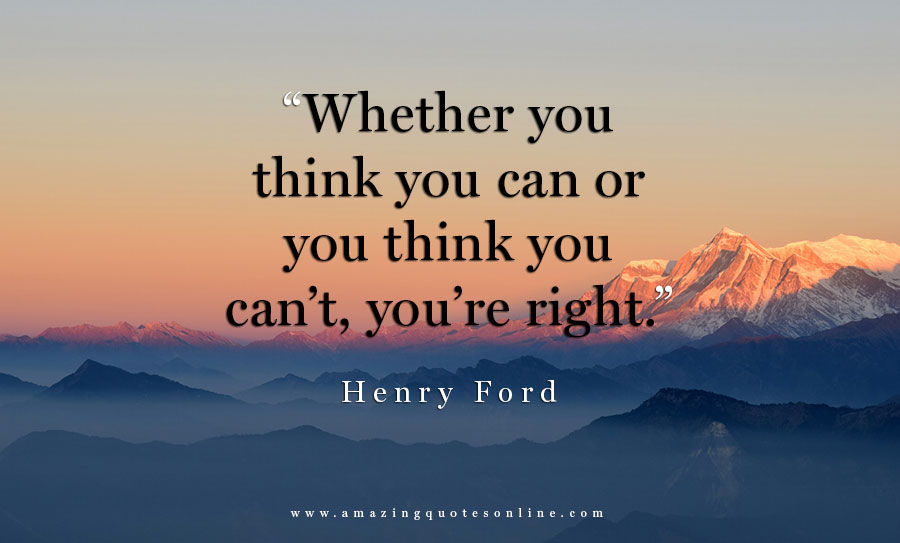
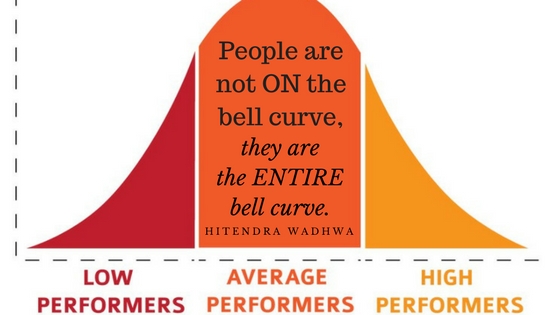

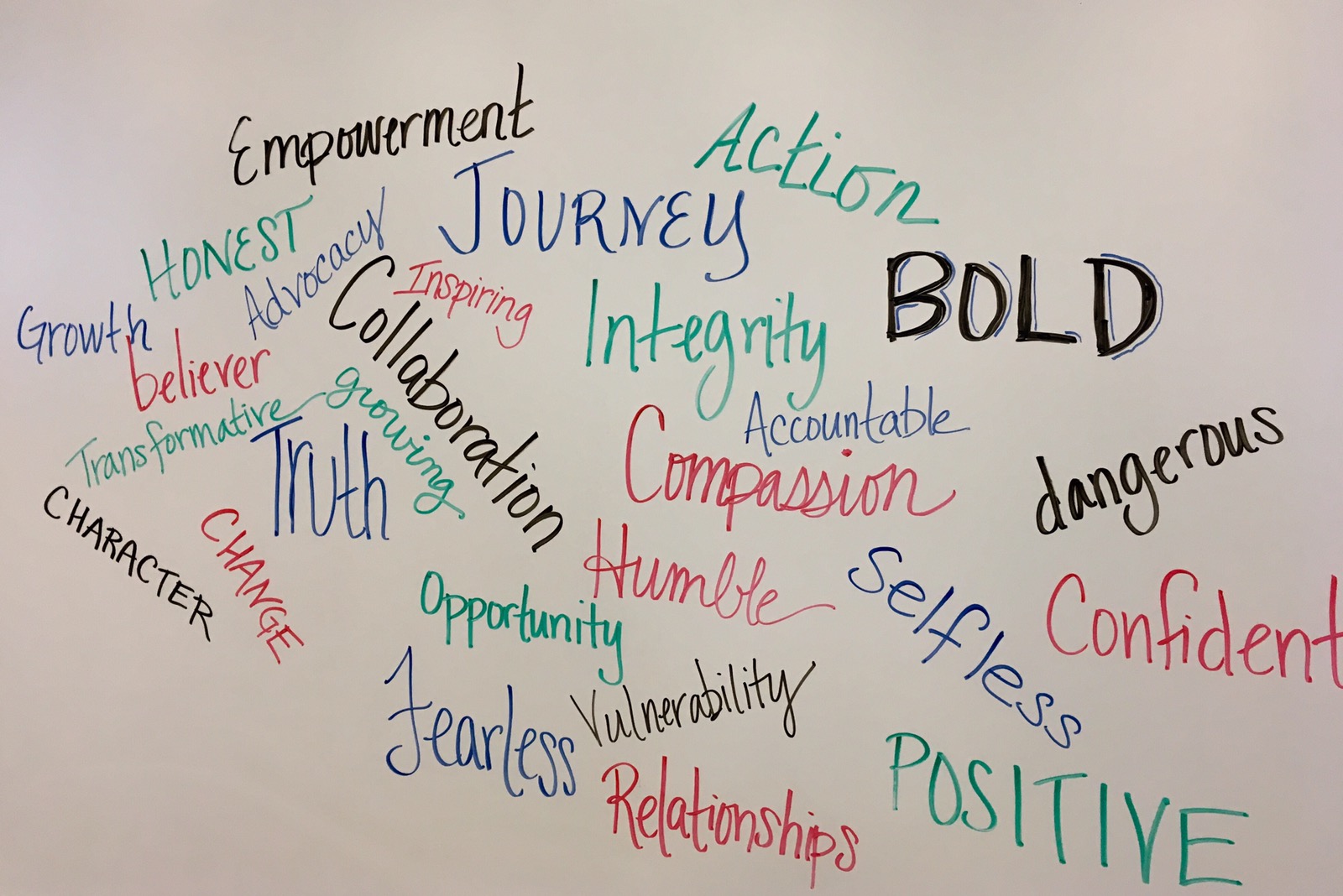
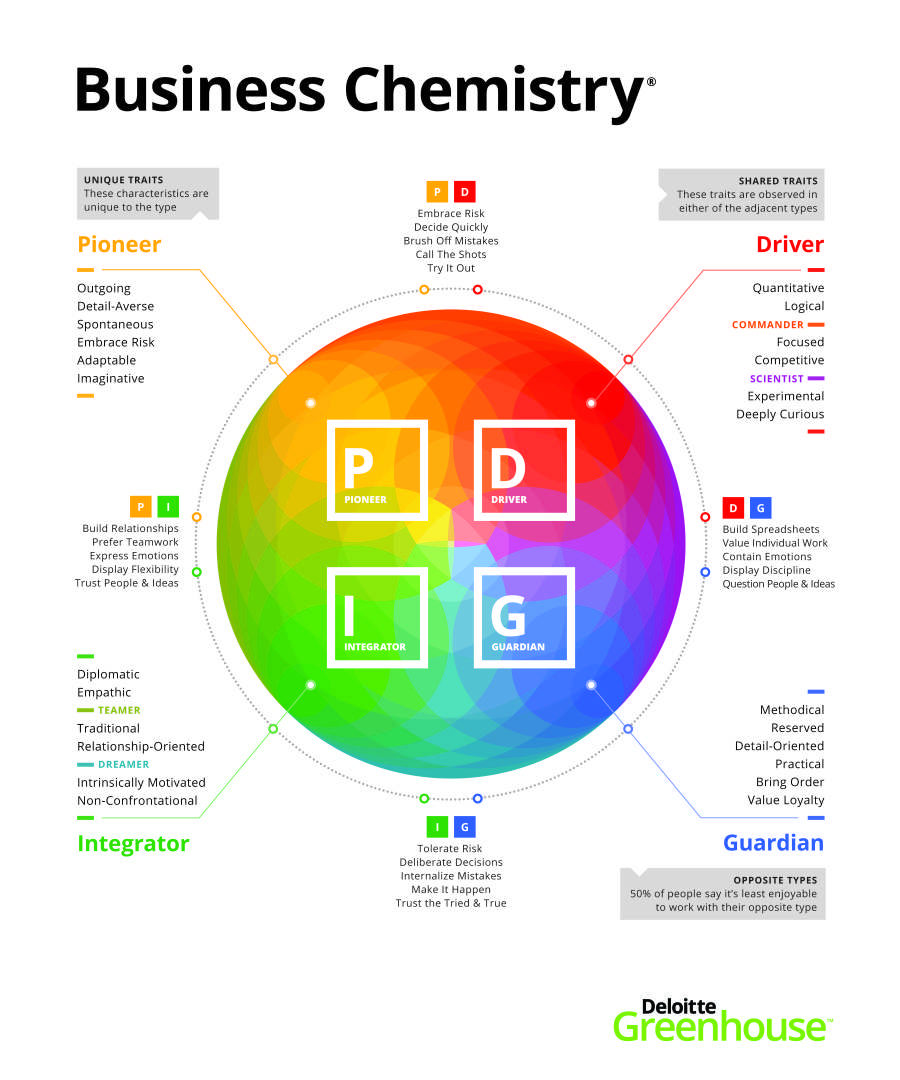
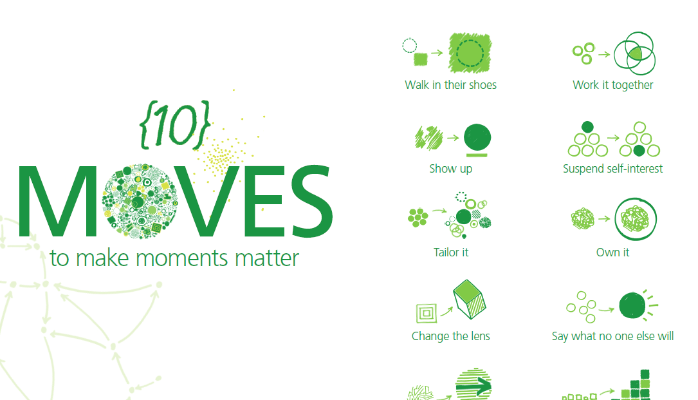

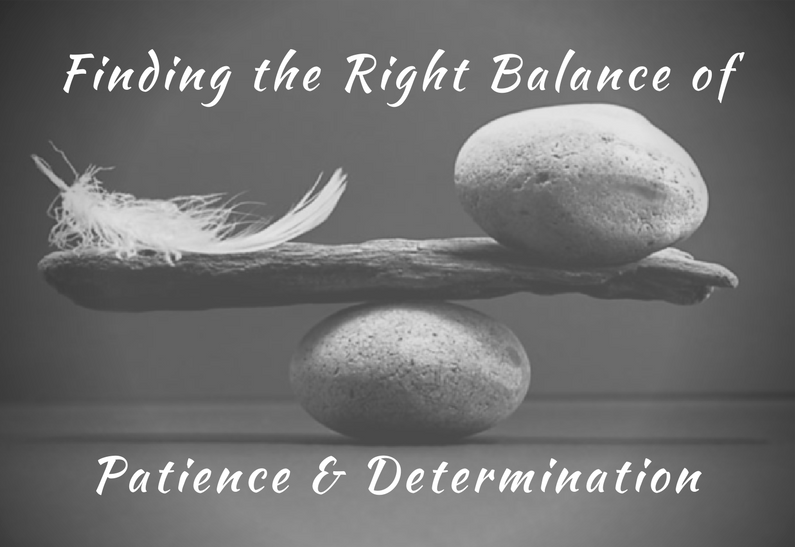 I do a lot of yoga. My practice keeps me physically fit, and helps me clear my head. Often times there are great nuggets of wisdom shared by the teacher during
I do a lot of yoga. My practice keeps me physically fit, and helps me clear my head. Often times there are great nuggets of wisdom shared by the teacher during